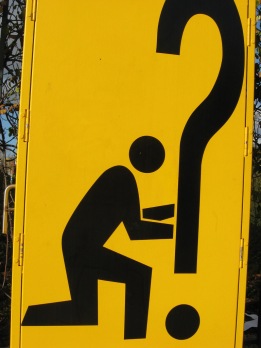Today we’re joined by Helen. A valued colleague of mine whose classroom “nous” is reflected in the respect demonstrated by her peers and students alike. While Helen’s learning area is predominantly English, she has a keen interest in the knowledge around questioning and how teachers can use this knowledge in the classroom. So that’s going to be our focus in this episode.
Pedagogy Podcast Episode 2 – Using Questioning as a Learning Tool

What does the research say about how teachers are currently using questioning in the classroom?
- One third of all teaching time is connected to questioning
- 60% of questions are lower cognitive question (yes/no questions); 20% procedural e.g. “Do you know how to do this?” 20% higher cognitive e.g. “To what extent might…”; “If circumstances were different, would your answer change and why…?”
- Lower cognitive questions have their place but if over half of our time is used with these types of questions, we need to consider whether this is our purpose, intention or more a habit?
- Teacher needs to be conscious of all questioning and aim to make all questions intentional
- Build patterns within questioning and acknowledge the use of both styles
- Students with less ability are asked fewer higher order questions and given less wait/think time – is this productive or out intention?
- Teachers need to consider students’ range of learning needs when planning the use of questioning
How should we be doing ‘it’ and ‘when’?
- Seek to generate a culture in which students ‘buy in’ to the questioning
- Know the students in your class and plan your lesson so that every student has access to a question, whether it’s of a higher or lower cognitive demand.
- Equip the students with the appropriate knowledge in order for them to access an answer to the questions you ask
- Planning has to be around the question: ‘What experiences can we have before we get to the higher order questions?’
- Questioning verbally can mean that it is “one to one” model between student and teacher, which limits access and engagement for all students
- Be conscious of the ‘empty time’ in which only one or two students may be engaged in the questioning activity as this may lead to disruptive behaviour or distractions
- Planning should help manage these ‘empty’ situations
- Create learning opportunities around the features that make up good questions including providing adequate thinking time and explicitly teaching listening skills
- Recognise the moments to capitalise on student discussion (reciprocity)
- With a thorough knowledge base and planning teachers can seek to engineer the lesson so that deeper learning opportunities happen deliberately. However, teachers need to be also prepared to read the “unscripted” opportunity (comes with experience and confidence)
- At least ten seconds (higher cognitive questions) should be given for ‘think time’
- Think time gives students the opportunity to formulate and censor a ‘covert response’, rather than delivering an ‘overt response’. At times, these responses then have to be revised through other questions like, ‘What do you mean by…?’

What are your top 3 tips to effective classroom questions?
- Plan the questions and predict how they may be used in the lesson. Extrapolate on how this might ‘look’ in the lesson: What pedagogical tools will I use? e.g. give the students an answer at the start of the lesson and get them to generate the question by the end (promote the top down function)
- Plan to provide access (for all) to the question (e.g. groups, one to one, post-it notes, technology (Zaption or Verso) or provocation)
- Shift the focus from the ‘sage on the stage’, to “student to student” to open up opportunities for all.
References
Stahl, Robert J. (1994). Using “Think-Time” Behaviours to Promote Students’ Information Processing, Learning, And On-Task Participation. An Instructional Model. Tempe, AZ: Arizona State University, 1990.
Wilen, William W. (1991). Questioning Skills for Teachers. (Third edition). Washington DC: National Education Association.
